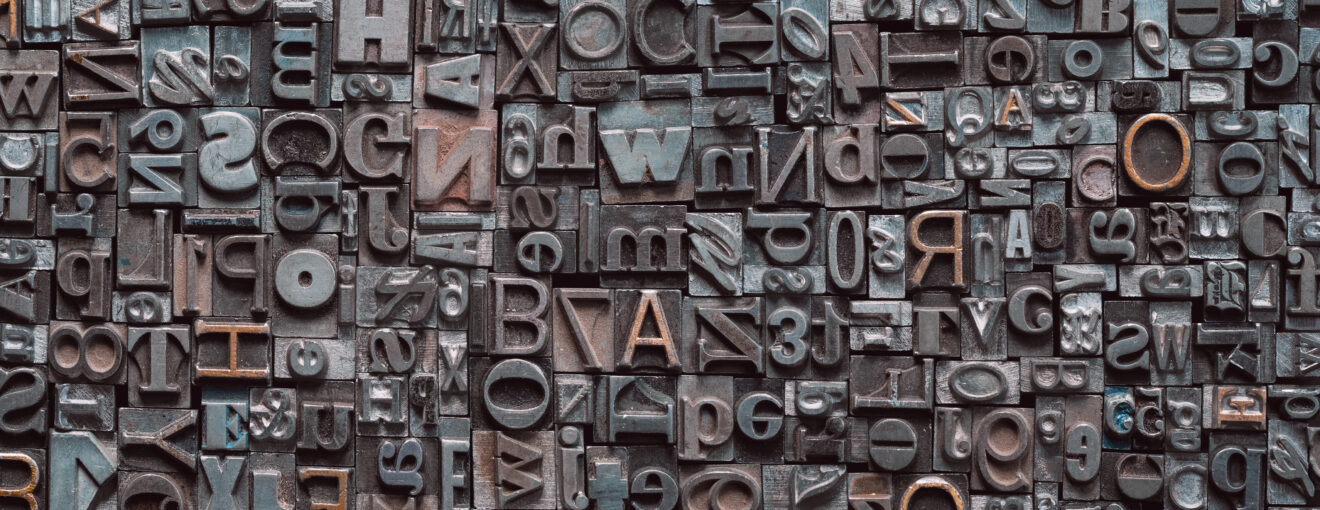We use the Harvard Name-Year System for citations in Metrospective. References are presented in parentheses within the text, and a list of references is included at the end.
References within the text:
- The reference consists of three parts: name of author, publication year, and page number(s), i.e. Sillinen 2012, 25–29.
- If the author is unknown, use either the title of the source or, in some cases, the co-author, i.e. the organisation behind the source.
- If the year of publication is not known, it is replaced by ‘n.d.’ which stands for ‘no date’.
- If the reference is to the whole work, no page number is needed, otherwise the page number indicates the point in the text to which reference is made.
- When the reference is to a single sentence, a full stop is placed after the closing parenthesis of the reference, for example (Sillinen 2012, 25–29). If it applies to more than one sentence, it is placed inside the parentheses, for example (Sillinen 2012, 25–29.).
- If there are 3–5 authors, all authors are listed in the reference when it is referenced for the first time. The names of the last two authors are separated by an ampersand (&). Subsequent references to the same source may be made by adding only the first author followed by ‘et al.’ and the year. If there are six or more authors, ‘et al.’ is used immediately.
- When there are several works by the same author published in the same year, the works are separated by a lowercase letter a, b, c after the year.
- Different works within the same reference are separated by a semicolon.
- When referring to works published in the same year by authors with the same name, the reference includes the first letter of the author’s name.
- Page numbers are always written as whole numbers, i.e. ‘136–138’ not ‘136–8’, with an en dash (–) between them.
- Please use primary sources. If you must use a secondary source, you should indicate this to the reader in the text, for example, in the following way: ‘Valokivi (2008) has looked at the clientelism of social and health services and identified different ways in which citizens can relate to professionals (see Harra 2014, 30).’ Here, Valokivi is the primary source, Harra the secondary source. Only the secondary source is included in the list of references.
The following guidelines should be applied when compiling the list of references:
- Only mention sources referred to in the text.
- The structure of the reference is four-part: (Author) (Year of publication) (Title of the work) (Place of publication: Publisher).
- The surnames and first initials of the authors are included in the reference.
- Use alphabetical order. If there are several works by the same author mention the oldest one first.
- For a translated work, please also indicate the original work including year of publication as well as the translator.
- If the work is part of a series, please indicate the name of the series and the serial number of the work. For example: Sipari, S., Vänskä, N., Lehtonen, K., Helenius, S., Väisänen, S. & Harra, T. 2022. Participatory Research Partnership in Rehabilitation. Publications of Metropolia UAS, OIVA-series 55. Helsinki: Metropolia UAS.
- If the source is published online, please include the web address at the end of the source information.
- If an online source does not have a permanent address (e.g. doi, urn, handle), add ‘Accessed Date Month Year’ (5 March 2025) before the web address in the source information.
- If an online source has a permanent address, always use it, not the browser address.
- Translate abbreviations in foreign languages (e.g. ‘toim.’ in Finnish = Ed. or Eds. and ‘teoksessa’ = In).
Examples:
Sipari, S., Vänskä, N., Lehtonen, K., Helenius, S., Väisänen, S. & Harra, T. 2022. Participatory Research Partnership in Rehabilitation. Publications of Metropolia UAS, OIVA-series 55. Helsinki: Metropolia University of Applied Sciences. https://urn.fi/URN:ISBN:978-952-328-342-8
Wojnarowska, M. & Ingrao, C. (Eds.) 2025. Design and Assessment of Sustainable Products: A Conceptual and Practical Framework. Hoboken: Routledge.
Lemettinen, O., Jäppinen, T., Pitkäpaasi, P., Pääskyvuori, M., Saarikko, L. & Säteri, J. 2021. Education models developing competence in the sales, service and construction sectors. In Stenberg, H., Antikainen, M., Lintala, E., & Roivas, M. (Eds.) Towards a Finland of talents together – Insights on the SIMHE operations. Publications of Metropolia UAS, TAITO-series 70. Helsinki: Metropolia University of Applied Sciences. https://urn.fi/URN:ISBN:978-952-328-264-3
Haapasaari, A., Engeström, Y. & Kerosuo, H. 2016. The Emergence of Learners’ Transformative Agency in a Change Laboratory Intervention. Journal of education and work 29(2), 232–262. https://doi.org/10.1080/13639080.2014.900168
Silman, M. 2024. Facing Challenges in Virtual Healthcare Teams: a Scoping Review. Master Thesis. Metropolia University of Applied Sciences. Master of Health Care, Health Business Management. https://urn.fi/URN:NBN:fi:amk-202401241762
Finnish Institute for Health and Welfare n.d. Chronic Diseases. Updated 7.12.2023. Accessed 27 February 2025. https://thl.fi/en/topics/chronic-diseases
Toivola, T. 2022. Learning for the future: systemic solutions require new ways of learning and collaborating. News article 13.1.2022. Aalto University website (aalto.fi). Accessed 27 February 2025. https://www.aalto.fi/en/news/learning-for-the-future-systemic-solutions-require-new-ways-of-learning-and-collaborating
Korpela, E. 2024. A language-aware Metropolia busts the myth of monolingualism. Various Variables blog of Metropolia UAS 17 October 2024. Helsinki: Metropolia University of Applied Sciences. Accessed 27 February 2025. https://blogit.metropolia.fi/variousvariables/2024/10/17/a-language-aware-metropolia-busts-the-myth-of-monolingualism/
Browne, R. (presenter) 2025. How do you find a job in Finland? All points North podcast. Published 31 January 2025. Yle. Accessed 27 February 2025. https://areena.yle.fi/podcastit/1-72923934
Universities of Applied Sciences Act 14.11.2014/932. https://www.finlex.fi/en/legislation/translations/2014/eng/932
Opetus- ja kulttuuriministeriön asetus ammattikorkeakoulujen perusrahoituksen laskentakriteereistä 171/2024. (Ministry of Education and Culture Decree on the Calculation Criteria for the Basic Funding of Universities of Applied Sciences) https://www.finlex.fi/fi/lainsaadanto/saadoskokoelma/2024/171

